What is embodiment, anyway?
Mindfulness is awareness of the body, whereas embodiment is awareness as the body.
I’ve been thinking a lot about embodiment lately, as it is the foundation upon which my body of work is built. I realise that it’s not a term that a lot of people are familiar with and, if they are, they might not have an accurate understanding of what it is. Embodiment is more than simply living in a body, or practising yoga (in fact, yoga can be practised in a completely disembodied way). But what actually is it?
In the wellness world, embodiment is often used interchangeably with mindfulness. However, the understanding I gained whilst training to become an Embodiment Coach is that mindfulness is awareness of the body, whereas embodiment is awareness as the body. The two are very different. I like Mark Walsh’s definition of embodiment as the body as a verb (an action), not as a noun (a thing). Embodiment is an ontological way of exploring our human existence, and is the subjective means through which we experience the world: a complete sum of our experiences, patterns, and constructs. In short, we could simply say that embodiment is how we are.
An awareness of our embodiment brings us closer in understanding who we are, how we show up in the world, and how we relate to others. Amazingly, it also lends the opportunity via a bi-directional link for us to become aware of our habits and patterns, and then deliberately construct the movements and patterns that align us with our true wellbeing, our goals, and our values.
Embodiment is essential for wellbeing because it enables us to see how we are living, and gives us the tools to creatively change it.
A well known quote, usually attributed to Ghandi, says “Be the change you wish to see in the world.” With embodiment we are embodying the state we wish to create in our world, by learning how to become what it is we seek in real time.
The road to becoming more embodied is in developing awareness of our own individual moods, states, and patterns and, in turn, becoming aware of those in others around us. But the first step on this journey is, of course, self-regulation. It is only through a regulated nervous system that we are able to develop the awareness of self that we need for collaborative work with our bodily ecosystems. That in turn enables us to shift our state and create new patterns of being.
Bodily awareness and self-regulation are the crucial keys that unlock our sense of embodiment.
OK, so enough explaining for now. Let’s do a quick practice together:-
First lets get centred
Maintain a gentle sense of awareness. Keep your eyes open and become aware of what you can see through your peripheral vision (softening the vision helps with nervous system regulation). Notice sounds, smells, temperature etc.
Whether you’re seated or standing, find a sense of balance in your posture, head in line with pelvis.
Relax your chest and your belly, soften your face. Find your breath.
Become aware of your bodily ecosystem and how/where you are feeling.
Nervous system regulation
If you’re feeling activated in the sympathetic fight or flight response (anxious, frustrated, angry, irritated, worry, fear) this is an active energy that we need to move through the system in an active way. Try any of the following or explore a way that works for you:
Shake your hands, arms, legs as if you were trying to flick water off you.
Tap/pat the body.
Dance, go for a brisk walk or a jog, do an active yoga practice or any active type of movement.
Try japa meditation, praying the rosary, or chanting.
Spend time in nature.
Connect with loved ones. Human touch (if appropriate).
Question: What would you usually do when you find yourself in this state? Are you aware of what default pattern(s) you usually embody? For example: over-working, over-eating, mindless scrolling etc.
If you’re feeling shut down in the dorsal vagal state (apathetic, low energy, confused, disoriented, heavy) this is an immobilised energy that we need to gently draw back up into a healthy active sympathetic state before we can return to the ventral state of regulation (remember there are varying degrees of each state). Try any of the following or explore a way that works for you:
Find a pungent smell such as an essential oil. The olfactory system is a key way of bringing us back home into our bodies when we’re in a state of shut down.
Try some gentle swaying or rocking movements.
Go for a gentle walk. Do a yin or restorative yoga practice.
Hum the sound “voo” in a low tone.
Connect with loved ones. Human touch (if appropriate).
Spend time in nature.
Question: What would you usually do when you find yourself in this state? Are you aware of what default pattern(s) you usually embody? For example: self-isolating, over sleeping, shutting off from things you usually enjoy etc.
Or perhaps you are feeling regulated and grounded in the ventral vagal state in which case you may feel inspired, happy, hopeful, calm, peaceful, and safe.
Question: What do you usually feel in this state? How do you embody a sense of being regulated? Are you aware of what brings you to this state and what maintains it? For example: regular self-care, co-regulating with others who are regulated, regular somatic practices, having a connection to nature etc.
Exploring the above will give you a sneak peak into the state you are currently embodying. This practice is really just scratching the surface but its a great place to get started :)
